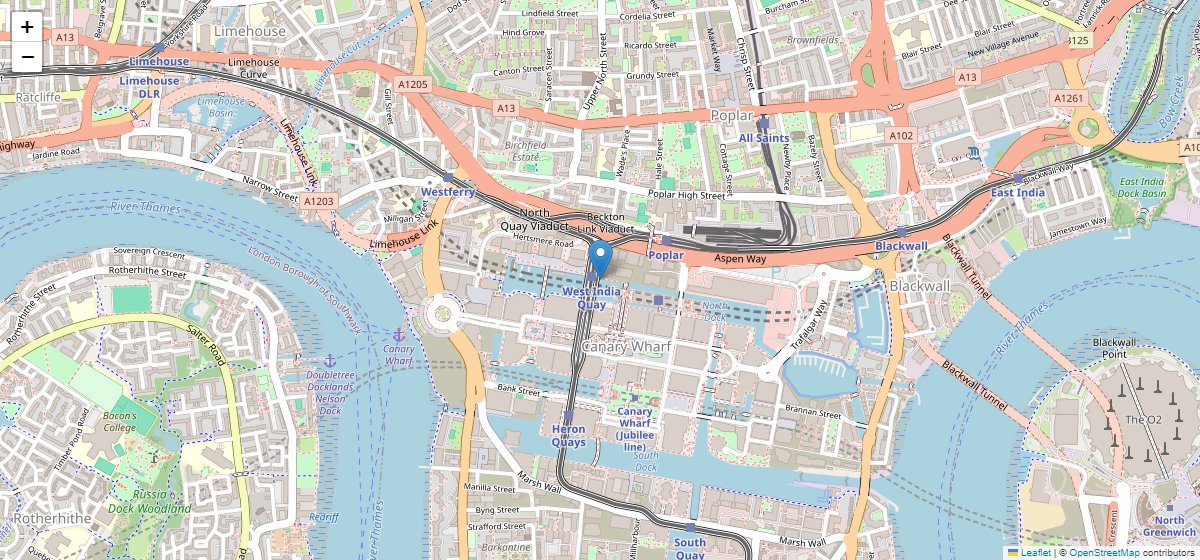
Living in Canary Wharf, London
What this article covers
- What makes Canary Wharf a good or bad place to live in relation to other cities and towns in the UK
- Pros and cons of living in Canary Wharf for working professionals, students, and families
- Best and worst areas to live in Canary Wharf
Canary Wharf, in the heart of Greater London, offers a metropolitan lifestyle that caters to diverse demographic groups – from working professionals to families.
Canary Wharf for Professionals
Known for its polished skyline, it’s a hub for professionals, hosting many international banking headquarters. The dynamic vibe and networking potential attract numerous professionals. However, the hustle-bustle and corporate environment could potentially feel overwhelming to those desiring a more laid-back lifestyle.
Family life in Canary Wharf
Families appreciate the numerous schools and parks in Canary Wharf. Its cultural offering includes museums, cinemas, and festivals. A downside could be the lack of traditional community feel, due to the dominance of corporate and retail spaces.
Housing Costs
Rental costs average around £2,000 per month for a two-bedroom flat. Buying a property comes with a significant price tag; a two-bedroom flat is around £800,000.
Transportation
Canary Wharf boasts excellent transport links £ including Tube, DLR, buses and river services. However, rush-hour traffic can cause delays, impacting the overall travel experience.
Safety and Security
In terms of safety, the area is relatively secure with a responsive police service. But like any urban area, vigilance is advised, especially during late hours.
Most popular areas
Canary Wharf (E14)
The heart of the Docklands, Canary Wharf itself is highly sought after. With a vast array of banks, businesses, retail outlets and restaurants right on your doorstep, it’s perfect for professionals who want a short commute. The properties are predominantly modern apartment blocks, many with impressive river views.
Isle of Dogs (E14)
Directly south of Canary Wharf, Isle of Dogs hosts an array of residential properties, parks and waterside spots. Many love the peaceful, community feel of this area, in close proximity to Canary Wharf. The transport links are also great, with the Docklands Light Railway (DLR) providing easy access to the city.
Poplar (E14)
Just east of Canary Wharf, Poplar is often chosen by young professionals for its affordable, modern apartments and access to amenities. It has excellent transport links, and it’s also home to fashionable spots like the Chrisp Street Market and the Limehouse Cut Canal.
Least popular areas
Blackwall (E14)
While Blackwall also offers close proximity to Canary Wharf, it’s traditionally one of the less popular areas, mostly due to lack of amenities and nightlife options compared to its bustling neighbours. However, it’s currently undergoing significant regeneration and urban development, which might change its popularity in the future.
Millwall (E14)
Millwall, located at the southwestern end of the Isle of Dogs, suffers from a lack of immediate access to amenities like shops, restaurants or pubs, which leads to lesser popularity compared to other areas. However, it offers nice walks along the Millwall Docks and the Riverside.
Leamouth (E14)
Leamouth is a mixed industrial and residential area at the end of the Isle of Dogs. While it’s close to Canary Wharf, it’s cut off from other parts of London, making it quite isolated. The availability of shops and services is also limited, which somewhat reduces its appeal as a residential area.

Share your thoughts